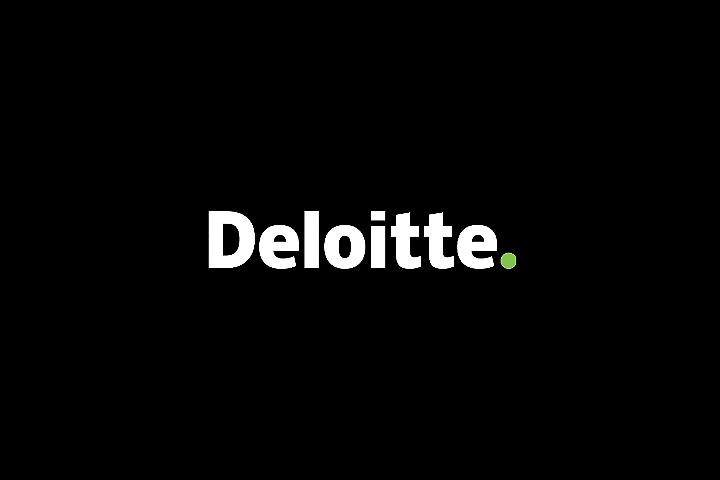Re-positioning business portfolios through an ESG lens to deliver competitive advantage
Market and social pressures to transition to a low-carbon future are driving sharp value declines in high-carbon components of the business portfolio – making it critical for companies in asset-intensive industries to rethink their portfolio of businesses. Additionally, growing indications that social outcomes and governance integrity will have similar impacts continue to materialise.
Companies have an opportunity to not only survive, but thrive, by strategically factoring in ESG as they reassess and rebuild portfolios.
Investors and debt markets are actively rewarding climate-friendly businesses, while shunning enterprises with high-carbon activity in their portfolios. Globally, almost US$700 bn of sustainability linked loans1,2 (SLLs) were issued in 2021 – an over tenfold increase from 2017 – accounting for 13% of global debt issuance. ESG refinancing is rapidly gaining prevalence, driven by an increasing need for banks to achieve their own sustainability goals. Further, lenders are actively tracking borrowing businesses’ progress against decarbonisation targets, with SLLs creating an opportunity for strong performance to be rewarded with interest rate reductions of as much as 5 basis points. (This is currently done at the expense of their own margins – expect differences to increase should regulators get involved.)1
Debt markets are also punishing businesses lacking publicly stated reduction commitments with higher rates than financial metrics alone would imply. Perhaps more critically, the funding landscape is sharply and rapidly changing: principal investors – with asset manager Blackrock publicly leading the charge - are oversubscribing to green opportunities and shunning high carbon businesses – materially impacting business asset valuations. Looking ahead, leading indicators that social and governance factors will have similar impact1,3- in both investment decision criteria and the volume of SLL’s targeting ‘SG’ aligned businesses – are increasingly prevalent in the market.
These threats to business portfolios pose short-term challenges, but also represent a source of competitive advantage and a foundation for future growth if responded to proactively.
We highlight the importance of re-aligning capital allocation through an ESG lens, revisiting our Sustainably Advantaged Portfolio approach which puts forward 4 sets of criteria. Recapping briefly, is the portfolio: strategically sound, value creating, resilient, and sustainable:

Most companies currently incorporate the strategically sound and value creating pillars into their portfolio planning, and from a business perspective address the resilient pillar or at least give it consideration. What is often lacking is the incorporation of an ESG lens into the portfolio building process, and as a lens for the resilience pillar. This in turn is the result of ESG not being integrated into the business’ strategy from the outset, but rather applied retroactively.
A winning approach requires that leadership first agrees on the company’s ESG positions, and then develops scenarios given that stance. This then sets the basis for aligned portfolio re-positioning.
We recommend companies address the following questions:




Each question above merits careful, structured consideration to properly address, but done correctly will position your organisation to thrive through the changes ahead.
Given the competitive consequences of inaction, lagging companies will need to weigh options particularly carefully. The transition is already underway across asset-intensive industries:
ESG is no longer an abstract, ‘stand-alone’ pillar for companies building an advantaged portfolio – rather it is essential to integrate across strategy development, market communication, target capital allocation, and execution. Fortunately, given the tailwinds of the cycle, most firms start from a position of strength, with the traditional business strategy pillars addressed. Present challenges serve as a call to action – actively integrate ESG to unlock competitive advantage for your business.
Need help?
Deloitte Climate & Sustainability
Deloitte Climate & Sustainability is a dedicated team of 35 partners and over 150 staff from across our firm, offering end-to-end climate transformation solutions to Australia’s leading organisations. Backed by the collective power of Deloitte, we support our clients’ transition to net zero, integrating the best of our climate and sector expertise with our strategy and organisational transformation capability.
Monitor Deloitte | Energy, Resources & Industrials Strategy Consulting
Monitor Deloitte supports asset-intensive businesses, service companies and equipment manufacturers in these industries, and suppliers, with their strategic and business transformation challenges. Our team is passionate about bringing the latest trends in strategy, technology and innovation from the resources, energy and heavy industry sectors to support clients to be ‘future fit’ in an increasingly complex, disrupted and competitive market.
Should you require any support to navigate these challenges, please feel free to reach out to either Struan Buchanan (Partner – Energy & Resources, Strategy & Business Design) or Senjit Sarkar (Director – Energy & Resources, Enterprise Strategy).

